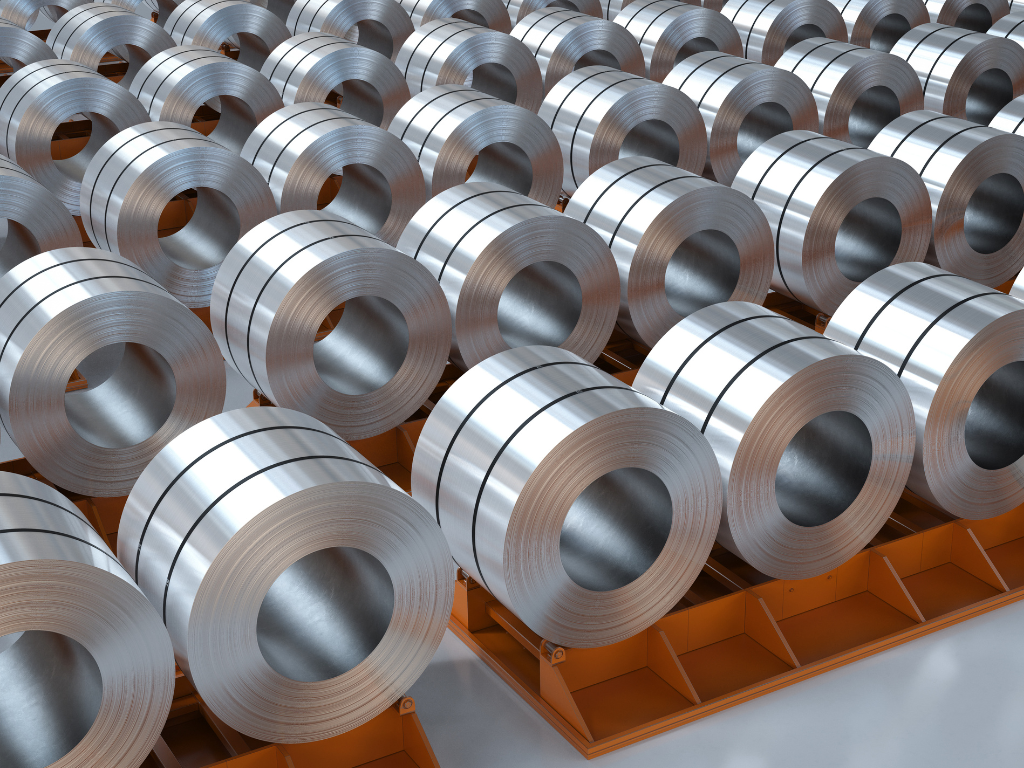Every country, region and industry is working towards a similar goal, i.e. limiting carbon emissions to 1.5°C or a maximum of 2°C, as the global economy strives towards net-zero emissions. The steel industry is responsible for around 7% of worldwide greenhouse gas (GHG) emissions per year, making it the highest emitter. Although businesses around the globe are taking necessary measures to reduce their carbon footprint, the elimination of GHG emissions from the core manufacturing process remains a challenge. Since steel plays a pivotal role in the ordinary conduct of life, the rise of end-user industries, such as building and construction, automotive and industrial machinery, is expected to increase the demand for the metal. Considering the challenges associated with the steelmaking processes and increasing steel demand, it will not be easy for the industry to fulfill the 1.5°C requirement by 2030. The need of the hour is to adopt the best possible decarbonisation strategies.
In its efforts to reduce emissions, the sector is considering multiple options including substitutes and scrap metal, increasing circularity of raw materials, and innovative manufacturing technologies. However, the future of the scrap metal recycling market is unpredictable. Thus, it will unlikely be a reliable option for achieving net-zero emissions. On the other hand, a revolutionary technology – the use of low-carbon hydrogen in iron manufacturing – has drawn significant attention from final investment decision (FID) makers. Energy Transmission Commission (ETC) expects industrial production capacity (for steel) to touch more than 60 million tonnes per annum (Mtpa) by 2030, which is 130 Mtpa less than the actual capacity target of 190 Mtpa required to ensure the world’s steel sector is headed towards net zero as per the 1.5°C goal. Of all the projects initiated to reach the expected production capacity, the construction of three plants (totalling 9.5 Mtpa) started after final investment approvals were received.

An emission-focused think tank has set up numerous traditional groups, which produced favourable results to better understand the ways necessary for low-emission steelmaking plants to arrive at FIDs – accessibility of renewable energy, raw materials and value chains at reasonable prices and positive regulatory and political support from governments across regions. These findings can provide a workable solution to organisations within the industry to narrow the funding gaps and enable them to make FIDs through practical initiatives such as government subsidies for capital purchases and advance purchase agreements at introductory offers. A few examples of regulatory developments are Inflation Reduction Act (IRA), European Union Emissions Trading System (EU ETS), Industrial Demonstrations Program, Federal Buy Clean Initiative, Carbon Border Adjustment Mechanism (CBAM) and Green Deal Industrial Plan.
Steel decarbonisation is one of the most effective ways of reducing the industry’s emissions and environmental impact. However, the decarbonisation journey does not seem easy given the various challenges the industry is facing currently and is expected to encounter shortly. Furthermore, the industry is affected by multiple headwinds such as microeconomic and macroeconomic factors, market changes, increasing demand for products and lack of resources.

Steel can recycle at a rate greater than 85%, which is expected to increase in the future. But there is a limited possibility that future steel demand will be met solely through scrap metal recycling. Furthermore, recycling processes are affected by copper or zinc pollutants. They adversely impact the end product’s quality since they cannot be eliminated through conventional steelmaking processes, limiting the product’s use in significant applications. Also, the industry has yet to see substantial developments in carbon capture and storage technologies. Given the properties of iron and steel, a high rate (more than 90%) of carbon capture will likely be required in low-emission steel manufacturing processes. More such technological advancements are necessary to meet these challenges, particularly those that have the potential to produce ore-based steel with emissions of less than 0.4 tons of CO2 per ton of finished product (tCO2/t).
The recent developments in the steel industry are directed towards the environmentally-supportive growth of the industry. The traction in steel investments due to innovative low-carbon hydrogen technology for direct reduced iron (H2-DRI) production is expected to attract more FDIs in the coming years. The technology has entrenched itself in the market, having produced significant results in the past years. DRI manufactured from fossil-based feedstocks produced 120 Mt of steel in 2021, equivalent to 6% of the world’s total steel output. However, such projects require years of planning before transitioning from FID to successful execution. Given the current time limits, it will likely be highly challenging to achieve the necessary capacity by 2030, demanding urgent efforts to promote new projects and hasten their progression to FID.














